[kl-bogel] People living on the water (20 photos)
We have only to admire the country's population of Bangladesh as to how these people can best adapt to rising sea levels. For them, the terrible future is already here.
Residents of villages along the southern coast of Bangladesh must not only cope with one of the highest levels of rainfall in the world, they also live in areas prone to cyclones on soils prone to erosion, which are just a few feet above sea level.

Hold down the country afloat. On saline soils of the south, farmers have turned waterlogged rice paddies on land for growing crabs and shrimp.
To cope with the unexpectedly early in the flood, the farmer Abdur Kaddir (background) with their employees collect immature stalks of jute on the island near the Jamuna Kurigrama. Due to the changing climate of seasonal flood levels significantly increased.
Brick factory workers trying to protect the plant from flooding by the river Turaga, near Dhaka.
Tied to the city. Under a heavy sky of the rainy season, the migrants travel by train back to Dhaka after visiting their homes, which are north of the capital. On the other hand there are rice fields, fairly fertile, but spoiled salinity in remote southern areas.
Taxis in the form of boats crossing the river Buriganga, leading to the Sadar Ghat - the main water gate of Dhaka, which provide connections to one of the most densely populated cities in the world. The capital of Dhaka, located far enough above sea level, is one of the cities most vulnerable to the threat of rising sea levels.
Turning point. Dhaka slums, such as the Koran (the background) and overcrowded refugee is a huge problem for the city, which suffers from aging infrastructure, high levels of poverty and constant flooding.
Hot, narrow and crowded streets of Dhaka absorb the crowds of people coming out of mosques after celebrating the end of the holy month of Ramadan. One of the fastest growing cities in the world, Dhaka is full of migrants suffering from floods and storms the countryside.
Living on an island in the river Jamuna, the fishermen and their families have long been accustomed to flooding in their backyards. Depend on seasonal work, these people have already become the world's best experts to adapt to any situation in which life and the changing climate, they can deliver.
High and dry. In the case of flooding on the river, the children from the village of Ali Dzhabed know what to do: climb the bamboo ladder, located in the courtyard and hang on. Seasonal workers, who inhabit an ever-changing islands, located on the floodplains of three major rivers of Bangladesh, has long been accustomed to such disasters, of which only increases with each passing year.
Native home. Standing knee-deep in water, the family Uddin going to dinner. They recently moved their home to the place, trying to avoid a flood in Kurigram district of the island. Shortly before this picture was taken, the family planned to dismantle his house and move again.
In search of high ground. Villagers joined forces trying to move house on Siradzhbad, an island in the river Jamuna, where floods are frequent. This mosque, pulled down at noon, was restored to the evening prayer.
Nothing is forever in Siradzhbade - the village, is home to several hundred people, which is located on the island of Jamuna River, north of Dhaka. In this photo, volunteers revived the village mosque, from time to time need to carry that it has not disappeared under the water.
The mobile hospital on the ship, working with the support of a charitable organization called FriendshipBD., Serves hundreds of thousands of Bangladeshis living in the islands of the river Jamuna.
Necessary decisions. A huge number of health workers, trained with the support of non-governmental organizations of Bangladesh, called BRAC, have helped reduce infant mortality and fertility in general.
Necessary decisions. Afloat 6 days a week, the school-ship, which is powered by solar batteries, helping to educate children whose homes are flooded periodically.
Lessons for life. Children gather in the school swimming all year round. Studies have shown that educated girls and boys have fewer children than their uneducated peers.
Hold down the country afloat. The inhabitants of the islands in the industrial district Gaibandha use jacinth plants to create a floating gardens where they grow pumpkins, environment and other industrial crops.
Irrepressible spirit. Children playing in Dzhaliahali - the village that was completely destroyed by the cyclone Islay in 2009. This storm has forced residents to compete for one of several hundred cyclone shelters (pictured above), most of which function as centers for the community.
--
You received this message because you are subscribed to the Google Groups "kl-bogel" group.
To post to this group, send email to kl-bogel@googlegroups.com
To subscribe or unsubscribe at http://groups.google.com.my/group/kl-bogel/subscribe
For more options, visit this group at http://groups.google.com/group/kl-bogel?hl=en
Sebarang email pertanyaan, hantar kepada abangmod@gmail.com
Residents of villages along the southern coast of Bangladesh must not only cope with one of the highest levels of rainfall in the world, they also live in areas prone to cyclones on soils prone to erosion, which are just a few feet above sea level.

Hold down the country afloat. On saline soils of the south, farmers have turned waterlogged rice paddies on land for growing crabs and shrimp.
To cope with the unexpectedly early in the flood, the farmer Abdur Kaddir (background) with their employees collect immature stalks of jute on the island near the Jamuna Kurigrama. Due to the changing climate of seasonal flood levels significantly increased.
Brick factory workers trying to protect the plant from flooding by the river Turaga, near Dhaka.
Tied to the city. Under a heavy sky of the rainy season, the migrants travel by train back to Dhaka after visiting their homes, which are north of the capital. On the other hand there are rice fields, fairly fertile, but spoiled salinity in remote southern areas.
Taxis in the form of boats crossing the river Buriganga, leading to the Sadar Ghat - the main water gate of Dhaka, which provide connections to one of the most densely populated cities in the world. The capital of Dhaka, located far enough above sea level, is one of the cities most vulnerable to the threat of rising sea levels.
Turning point. Dhaka slums, such as the Koran (the background) and overcrowded refugee is a huge problem for the city, which suffers from aging infrastructure, high levels of poverty and constant flooding.
Hot, narrow and crowded streets of Dhaka absorb the crowds of people coming out of mosques after celebrating the end of the holy month of Ramadan. One of the fastest growing cities in the world, Dhaka is full of migrants suffering from floods and storms the countryside.
Living on an island in the river Jamuna, the fishermen and their families have long been accustomed to flooding in their backyards. Depend on seasonal work, these people have already become the world's best experts to adapt to any situation in which life and the changing climate, they can deliver.
High and dry. In the case of flooding on the river, the children from the village of Ali Dzhabed know what to do: climb the bamboo ladder, located in the courtyard and hang on. Seasonal workers, who inhabit an ever-changing islands, located on the floodplains of three major rivers of Bangladesh, has long been accustomed to such disasters, of which only increases with each passing year.
Native home. Standing knee-deep in water, the family Uddin going to dinner. They recently moved their home to the place, trying to avoid a flood in Kurigram district of the island. Shortly before this picture was taken, the family planned to dismantle his house and move again.
In search of high ground. Villagers joined forces trying to move house on Siradzhbad, an island in the river Jamuna, where floods are frequent. This mosque, pulled down at noon, was restored to the evening prayer.
Nothing is forever in Siradzhbade - the village, is home to several hundred people, which is located on the island of Jamuna River, north of Dhaka. In this photo, volunteers revived the village mosque, from time to time need to carry that it has not disappeared under the water.
The mobile hospital on the ship, working with the support of a charitable organization called FriendshipBD., Serves hundreds of thousands of Bangladeshis living in the islands of the river Jamuna.
Necessary decisions. A huge number of health workers, trained with the support of non-governmental organizations of Bangladesh, called BRAC, have helped reduce infant mortality and fertility in general.
Necessary decisions. Afloat 6 days a week, the school-ship, which is powered by solar batteries, helping to educate children whose homes are flooded periodically.
Lessons for life. Children gather in the school swimming all year round. Studies have shown that educated girls and boys have fewer children than their uneducated peers.
Hold down the country afloat. The inhabitants of the islands in the industrial district Gaibandha use jacinth plants to create a floating gardens where they grow pumpkins, environment and other industrial crops.
Irrepressible spirit. Children playing in Dzhaliahali - the village that was completely destroyed by the cyclone Islay in 2009. This storm has forced residents to compete for one of several hundred cyclone shelters (pictured above), most of which function as centers for the community.
--
You received this message because you are subscribed to the Google Groups "kl-bogel" group.
To post to this group, send email to kl-bogel@googlegroups.com
To subscribe or unsubscribe at http://groups.google.com.my/group/kl-bogel/subscribe
For more options, visit this group at http://groups.google.com/group/kl-bogel?hl=en
Sebarang email pertanyaan, hantar kepada abangmod@gmail.com



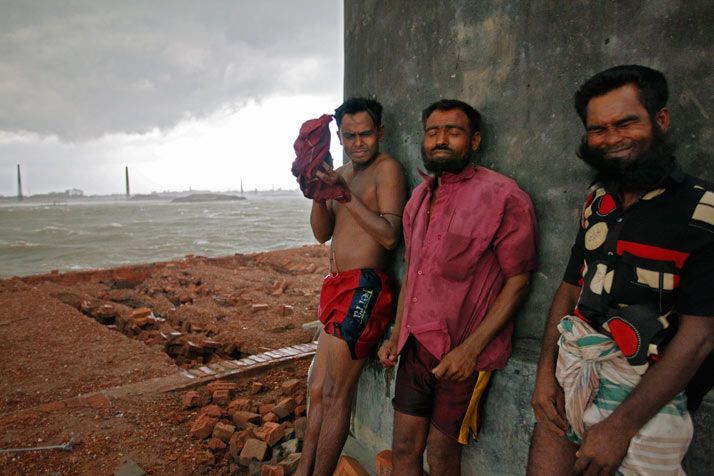



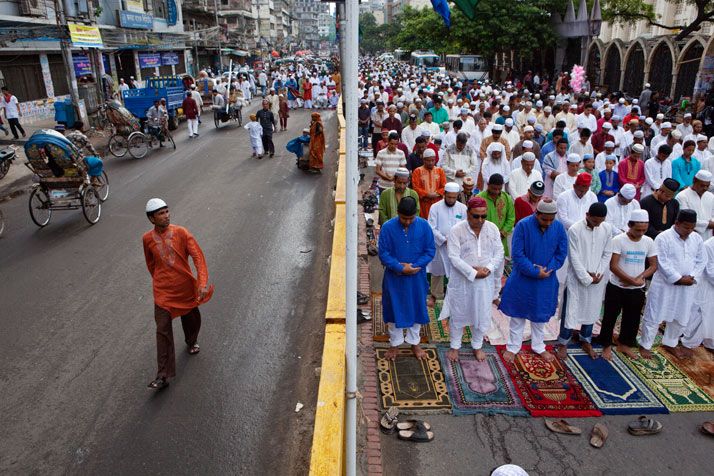
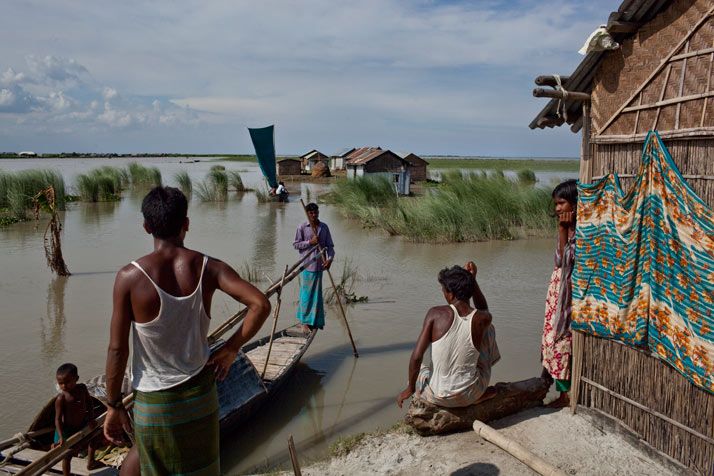
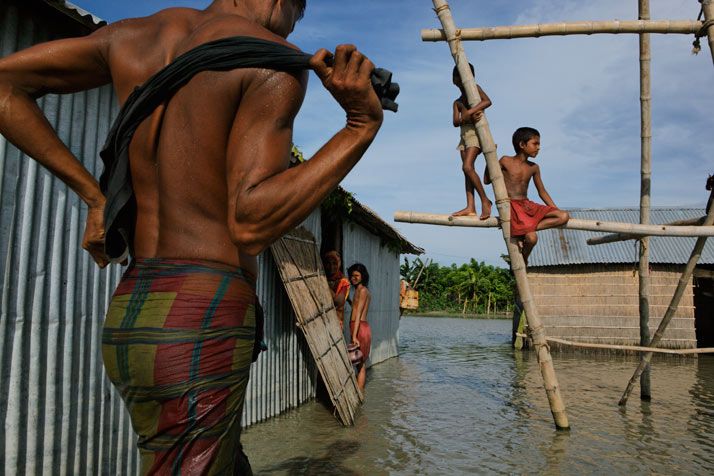
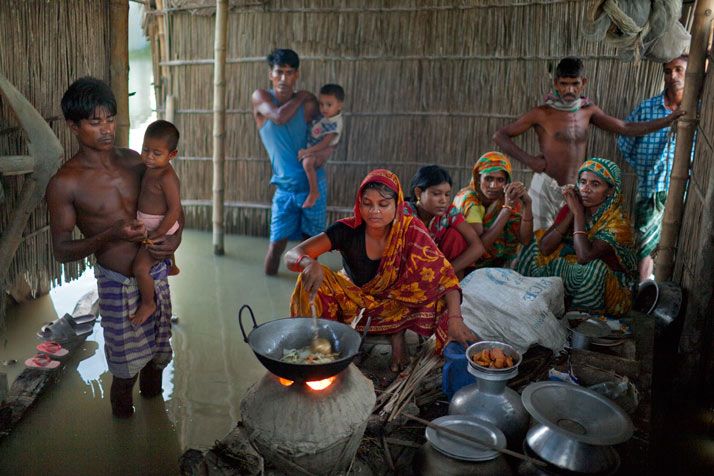
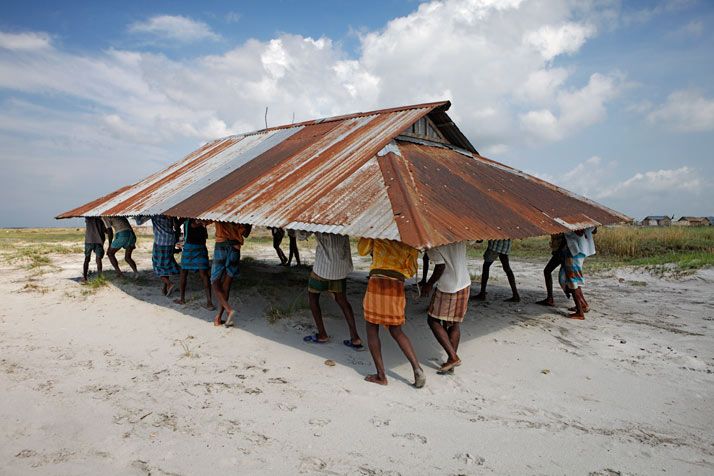

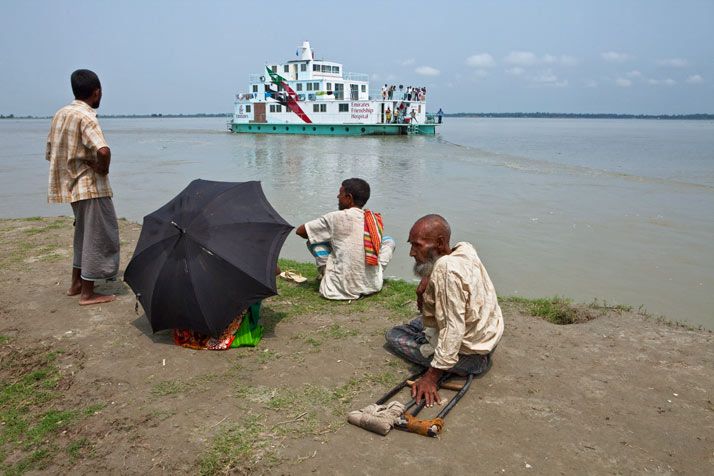
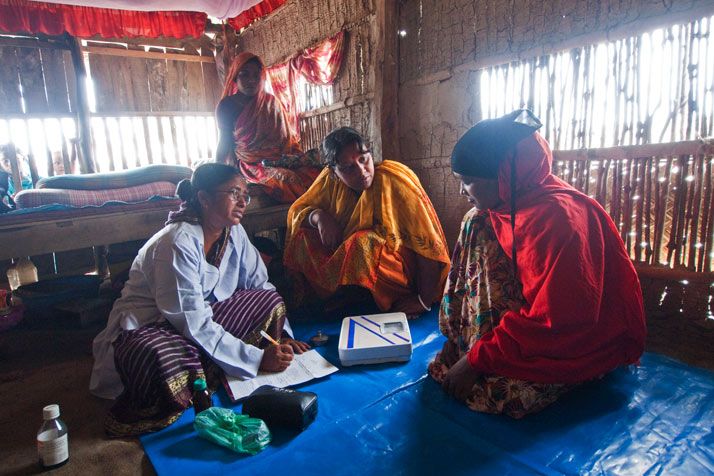
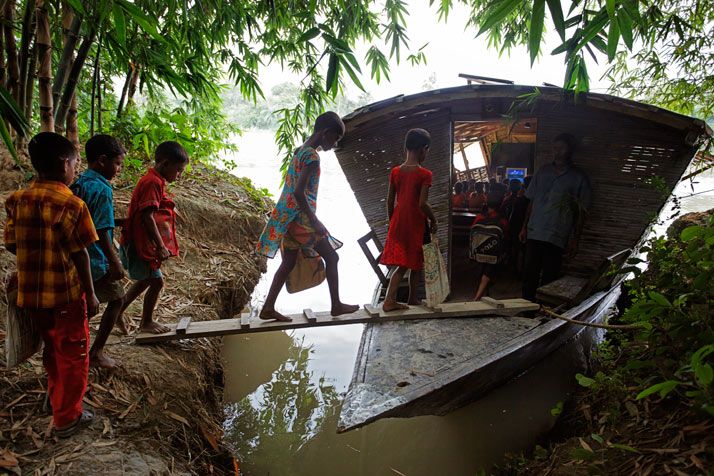
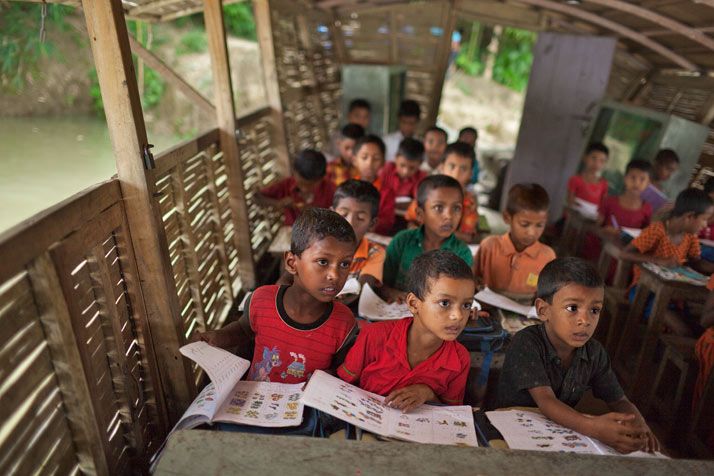
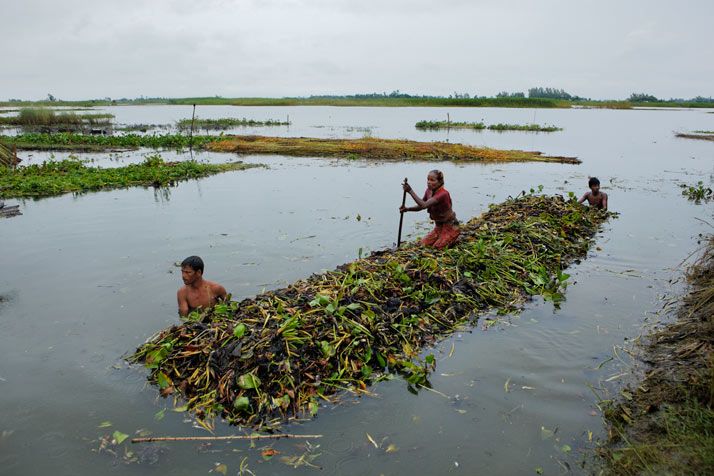
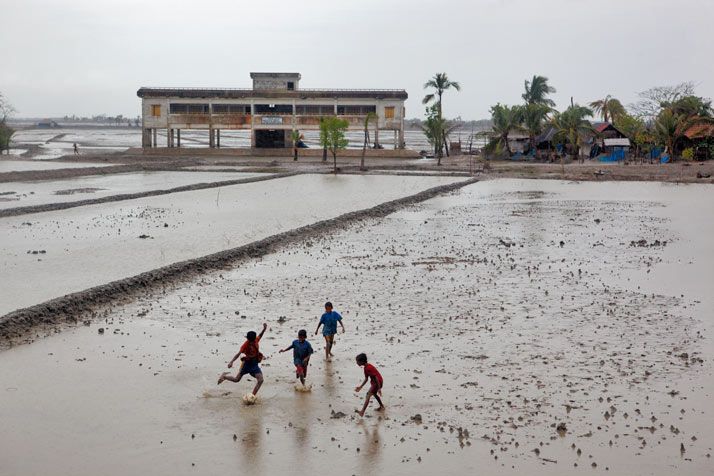
Comments
Post a Comment